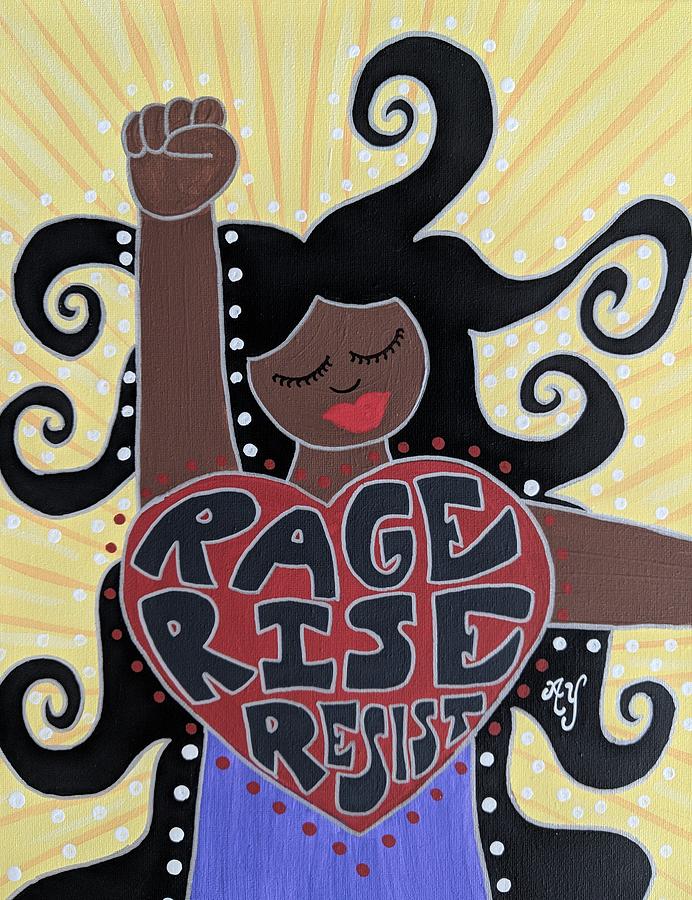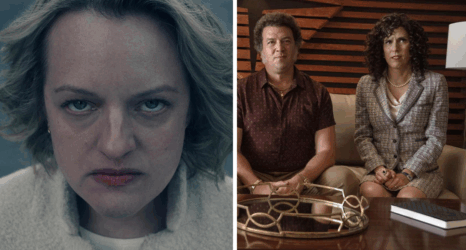When the historic Riverside Church in New York City hired Rev. Dr. Amy Butler five years ago, women clergy across traditions rejoiced that we were slowly cracking away at the stained-glass ceiling. This is a claim I know all too well since, three years prior, I was hired at an historic church that became the first Baptist church in the world with two openly lesbian pastors as head staff.
Progressives pumped their fists in the air, clapping one another on the back in mutual affirmation, celebrating our openness. I’d say we shouted, “Hallelujah,” but we all know that most white liberals don’t shout in church. I was proud. Proud that this church, whose pulpit hosted the likes of Martin Luther King, Jr. and Cezar Chavez, now had a revolutionary woman preaching in it each Sunday. Proud that the congregation I served dared to hire two queer women in a moderately conservative town in the south.
While it’s true that my situation is not the same as Rev. Dr. Butler’s, the similarities ring all too familiar. The congregation I pastored, though a flagship progressive Baptist church, was not as esteemed as Riverside. My queer co-pastor and I may have scratched the stained-glass ceiling, but it was Amy who cracked it.
And yet, all three of us, and countless other women, no longer serve these congregations—because sexism, heterosexism, and micro-aggressions rendered our broken souls too weary to continue plinking away at that glass.

Like Amy, I spent months detailing the sexism and homophobia I experienced to the lay leadership in the congregation in the hopes that it might change, or that it could at least prevent other queer women from going through it. Like Amy, I left the congregation. My co-pastor left soon after me. I resigned after less than three years and transitioned into a professor of women’s, gender and sexuality studies position.
We all know that conservative evangelical churches have theologies and polities that blatantly exclude women from leadership and damn queers to hell. In such settings, I know I’m not welcome. But as I faithfully served the Church for 14 years, sexist and homophobic micro-aggressions were levied against me by seemingly progressive Christians I assumed were allies.
The congregation I served was one of the first Baptist churches in the country to become welcoming and affirming. We received awards from PFLAG and for our work on racial reconciliation. Fred Phelps even protested us once! By all accounts, it appeared to be a place where two queer women would thrive as pastors, and Riverside appeared to be a place where a woman would thrive as well. But they weren’t.
The micro-aggressions were so damaging for me that I co-authored the first book about microaggressions in ministry and how progressive congregations have a responsibility to confront the hidden violence of everyday church. Then, my wife and I made a radical decision—to resign from our jobs as professors, sell our home, pack everything into a tiny camper and travel the country full-time to discern next steps.
Throughout my tenure in the church and academia, I was always an artist and writer. Confronted with the virtually all-male sainthood of every major wisdom tradition, I began painting—giving traditional iconography a folk-feminist twist. These were the subversive sisterhood of saints unsung in most seminaries, unheard of in most congregations, missing in the stained glass and absent in the canons codified by patriarchy. One decade ago, I began to paint them and write about them. They’ve expanded far beyond the Christian tradition, and now over 100 holy women icon paintings are spread throughout the world.
As our queer family trucked through the country, these holy women icons accompanied me—to art shows in California and speaking events in Georgia; on my visit to a cabin in rural Vermont, while I was preaching in Hawai’i and as I interviewed with a television show in Wisconsin. Along the way, I discerned that this work was my vocation.
As we unhitched our camper for the last time, and planted roots on the Big Island of Hawai’i, we turned the Holy Women Icons Project into a non-profit that seeks to empower marginalized women by telling the stories of revolutionary holy women through art, writing and special events. Just as Amy Butler announced leaving Riverside Church, the Holy Women Icons Project announced our first group retreat and completed building our tiny off-grid retreat house next to my art studio.
Nestled between mango, banyan and breadfruit trees, we’re creating a space that tells the stories of revolutionary holy women from history and myth. We’re welcoming today’s revolutionary holy women who need a space to heal, restore and rage—to be surrounded by the beauty we all need in order to recover from that stained-glass ceiling that has sent shards into our souls.
Before I resigned from my position as pastor, I took a five-day personal retreat at a little center for activists and artists. On this retreat, I reread Barbara Brown Taylor’s Leaving Church, and I painted Lilith for the first time.
Lilith had the audacity to climb the Garden’s walls because Eden was oppressing her. The time had come for me to follow her bold footsteps. This retreat center gave me the space I needed to make a difficult decision, and to begin the healing process. I want what I’m offering through the Holy Women Icons Project to do the same.
Spirituality doesn’t have to be toxic. There doesn’t have to be a stained-glass ceiling forever. While we wait for progress, I want the revolutionary holy women brave enough to wield hammers at the injustice of the stained-glass ceiling to have a beautiful, inspiring and empowering place to go; to be restored, enlivened and galvanized by this subversive sisterhood of saints who has gone before us and who surround us still.
Stretch your arms wide, subversive sisters. We’re in this together. We have ceilings to shatter.





